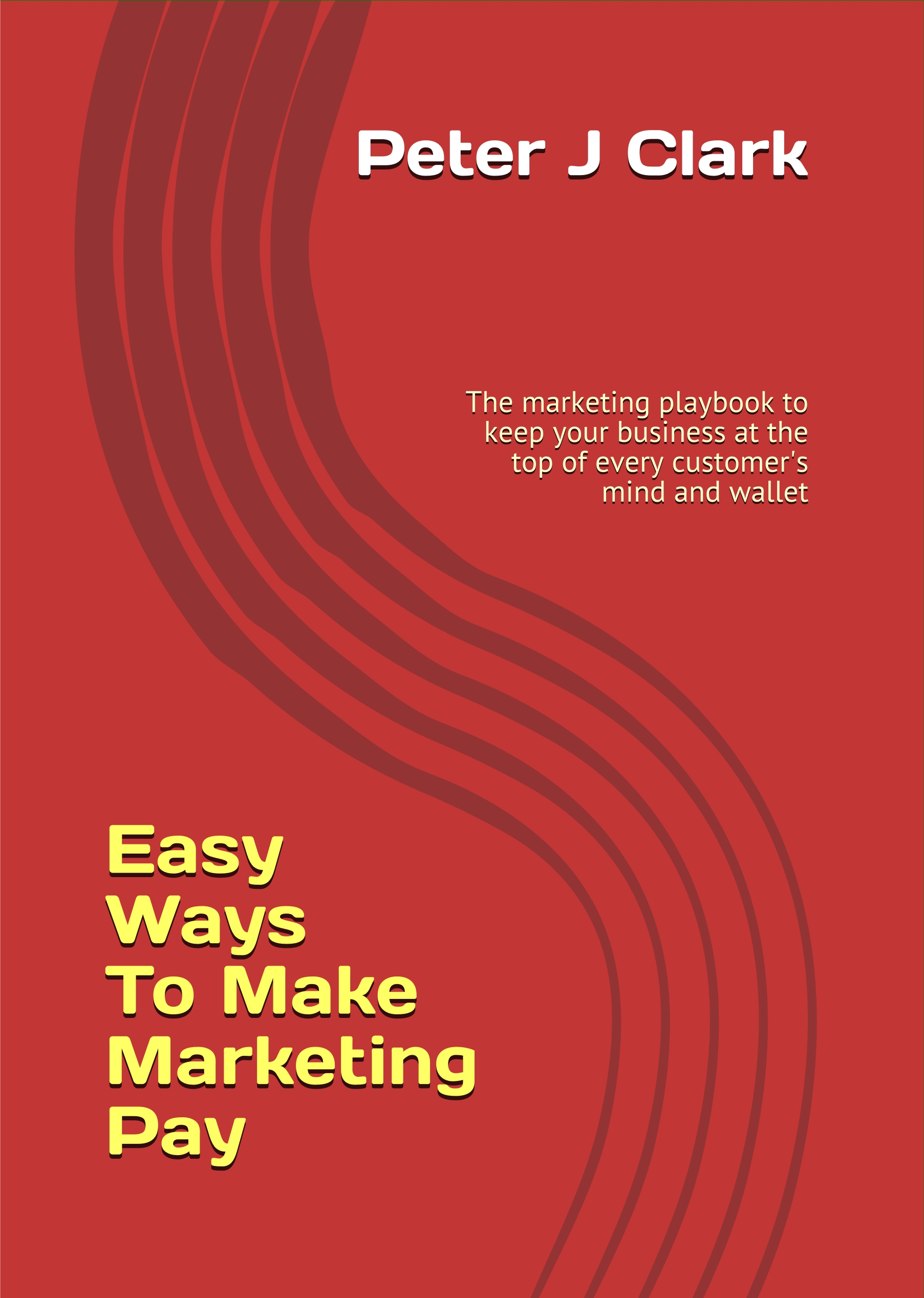Low-cost airlines can benefit from loyalty
Frequent flyer loyalty programmes can still play an important role in the ongoing success of low-cost carriers (LCCs), according to a white paper by Carlson Marketing, which suggests that such programmes may represent a significant ancillary revenue opportunity.
Among LCCs in the US market, loyalty programmes have become the rule rather than the exception, with 8 of the 10 largest low cost carriers offering at least some form of loyalty or rewards programme.
However, according to Evert de Boer, senior director of the global airline practice at Carlson Marketing, now is the time for the LCCs to make loyalty programmes more differentiated and customer-value oriented if they are to continue to be competitive.
Increased competition amongst LCCs and the growing focus on business travelers have led LCCs to test new models, including forming alliances, operating long-haul routes and offering more products and services.
"It is only natural for LCCs to invest in and continue to develop their frequent flyer programmes," explained de Boer. "They can make LCCs more competitive, profitable, and better positioned to retain valuable customers."
Already LCCs are starting to explore new business models to defend and increase their competitive advantage. A more sophisticated loyalty programme could support efforts to attract new travelers and generate additional third-party revenues.
Generally ranked third (behind price and schedule), loyalty programmes in the airline business play an important role in the decision making process. However, de Boer suggests that other factors must be also considered in explaining the success of traditional frequent flyer programmes.
For example, the white paper shows that FFPs provide three key sources of value for the airline:
- First the FFP is a key influencer of behaviour. Membership in a loyalty programme is an important consideration when choosing between different alternatives. When price and schedule are on par, having a membership in a specific FFP may be the deciding factor.
More importantly, some frequent flyers are willing to pay a premium to travel with a carrier of which they hold a frequent flyer card. Research showed that in a significant number of cases, corporate travelers are willing to deviate from the corporate travel policy to travel with a preferred but more expensive carrier.
- Second, the FFP is a source of third-party revenue. Airlines have become increasingly innovative in using the FFP and its currency (i.e. miles) as an alternative distribution channel. In particular, credit card programmes - both co-branded and affiliated types - have proved to be cash generators for many airlines.
In some cases, the sale of miles to partners has generated richer margins than the traditional business of selling seats directly to customers. The level of profitability is dependent on a wide range of interconnected drivers that include generosity, breakage level, partner agreements, airline passenger load factors and overall cost efficiency.
- Finally, the FFP is a tool to help the airline understand, quantify and predict customer behaviour. According to de Boer, the time is right for LCCs to apply the lessons in loyalty that the legacy carriers have learned over the past 25 years, because there is a natural fit between an LCCs' ancillary revenue drive and the revenue generation seen in a well-run loyalty programme.
The full white paper, entitled 'Low Cost Carriers & Loyalty', has been made available for download from Carlson Marketing's web site - click here (free registration required).
Sources: Carlson Marketing Worldwide / The Marketing Factbook.
Copyright © 2010 - 2025 The Marketing Factbook.
Categorised as:
- Customer Experience
- Customer Loyalty
- Knowing The Customer
- Marketing Know-How
